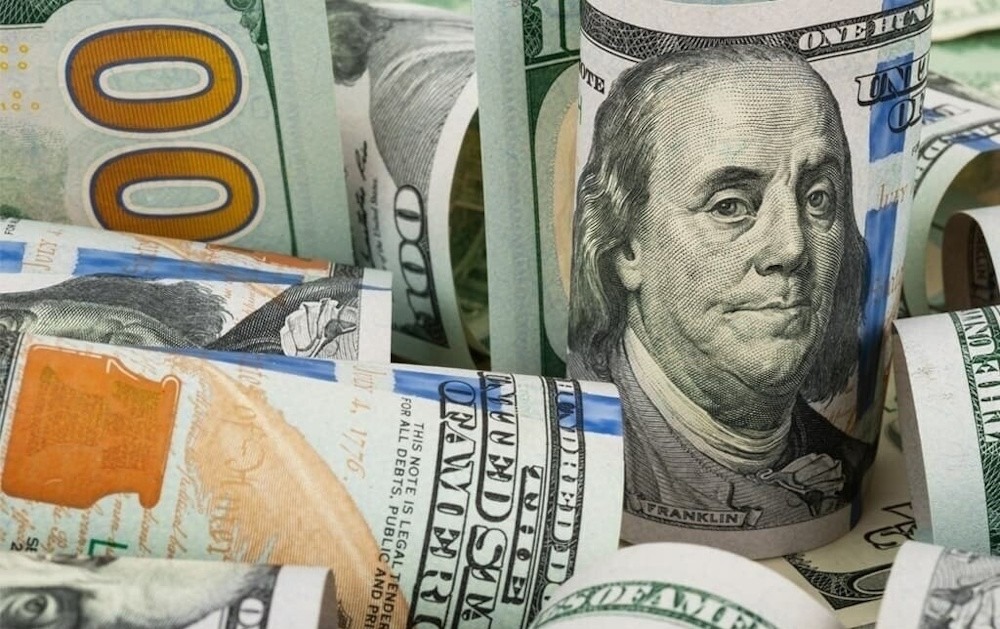
The U.S. dollar is on track for its most significant weekly decline in four months as investors anticipate additional monetary easing, influenced by President Donald Trump’s calls for rate cuts. The yen increased by 0.11% to 156.27 per dollar, supported by a more hawkish stance from Bank of Japan officials. The U.S. markets are closed for Thanksgiving, resulting in reduced liquidity and heightened trading fluctuations. “That could be an appealing scenario for Japanese authorities to step in regarding the dollar/yen,” stated Francesco Pesole. “However, there may still be a preference to intervene after a dollar-negative data event, and the stall in the pair may have removed some sense of urgency,” he noted. The U.S. dollar index increased by 0.1% to 99.65, following a decline from a six-month peak reached a week prior, positioning it for its most significant weekly decrease since July. The current weekly decline stands at 0.54%. Mark Haefele advised investors to reassess their currency allocations as the attractiveness of the U.S. dollar diminishes, suggesting a preference for the euro and Australian dollar over the greenback.
Investors indicated that if Kevin Hassett were to be appointed as the next chair of the Federal Reserve, it would likely serve as a negative catalyst for the dollar. “We’ve gone through a period where rate differentials and euro growth expectations clearly benefited Europe over the U.S.,” stated Themos Fiotakis. “As we move forward, several of those assumptions are facing scrutiny.” “The euro’s expensiveness is one reason, but the robustness and resilience of the U.S. economy is another,” he added. The euro declined by 0.13% to $1.1581, following a rise to a 1 1/2-week peak earlier in the session at $1.1613. Negotiations regarding a potential peace deal in Ukraine are under close observation by the markets, as such an agreement could bolster the single currency. U.S. envoy Steve Witkoff is set to visit Moscow next week for discussions with Russian leaders; however, a senior Russian diplomat indicated on Wednesday that Moscow will not offer significant concessions.
An agreement would likely exert downward pressure on the Swiss franc due to its status as a geopolitical safe haven. However, experts indicate that there are currently few indications of a ‘peace dividend,’ as uncertainty continues to prevail. The dollar reached a one-week low against the Swiss franc at 0.8028, and was last observed up 0.20% at 0.8060. A resurgent New Zealand dollar reached a three-week high of $0.5728, reflecting an approximate 2% increase following a hawkish shift at the central bank the previous day. The Reserve Bank of New Zealand reduced interest rates on Wednesday, yet indicated that maintaining the current rate was a topic of discussion and suggested that the period of rate cuts may be coming to an end. Supported by robust economic data released on Thursday, markets anticipate an increase in rates and are factoring in a hike by December 2026. This stands in stark contrast to the over 90 basis points of cuts anticipated for the U.S. Federal Reserve from now until the end of next year.
The Australian dollar has been appreciating following a stronger-than-anticipated inflation report on Wednesday, reinforcing the notion that the easing cycle in that region has come to an end. Australia’s 3-year and 10-year rates stand at 3.86% and 4.5%, respectively, marking the highest levels in the G10. Analysts have indicated that this situation renders the currency relatively inexpensive. At $0.6536, the Australian dollar is positioned within a channel that has been its trading range for approximately 18 months. On Thursday, the yuan was stabilized at 7.08 per dollar due to pushback from China’s central bank fixing mechanism.
